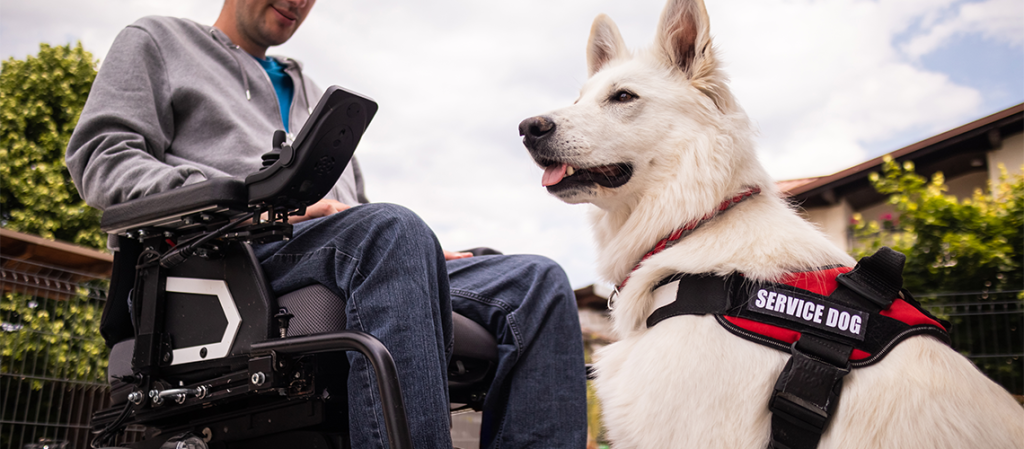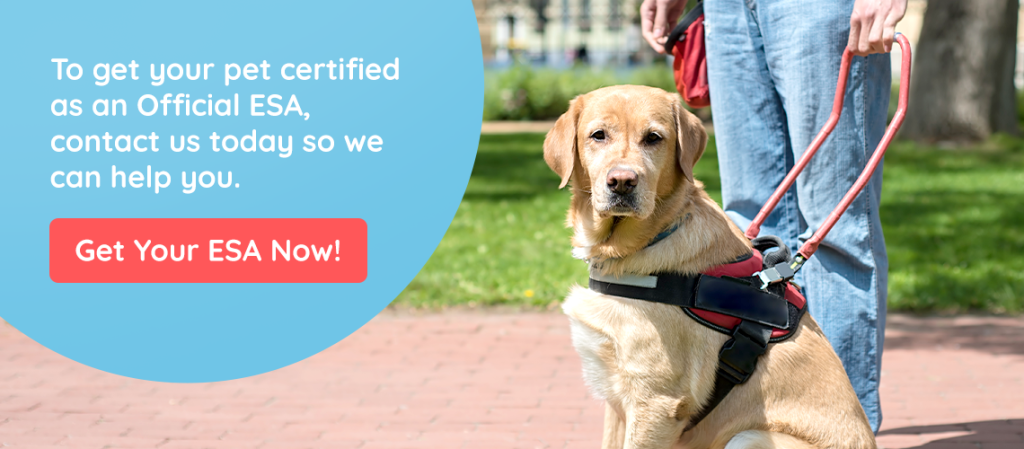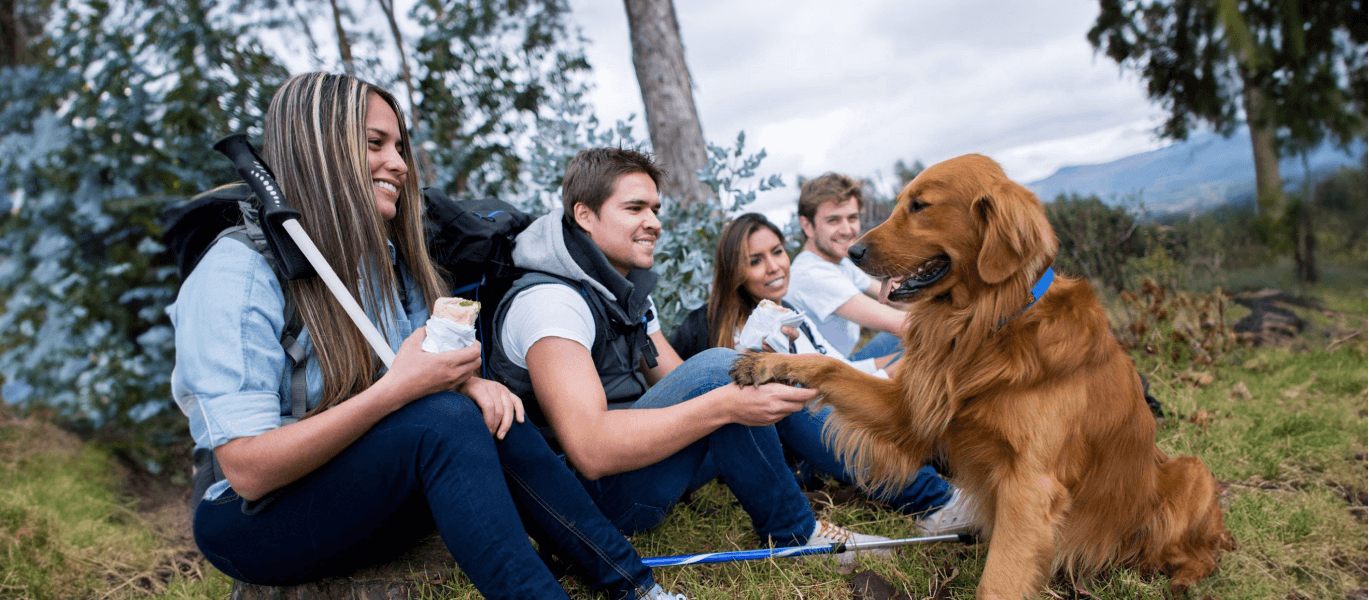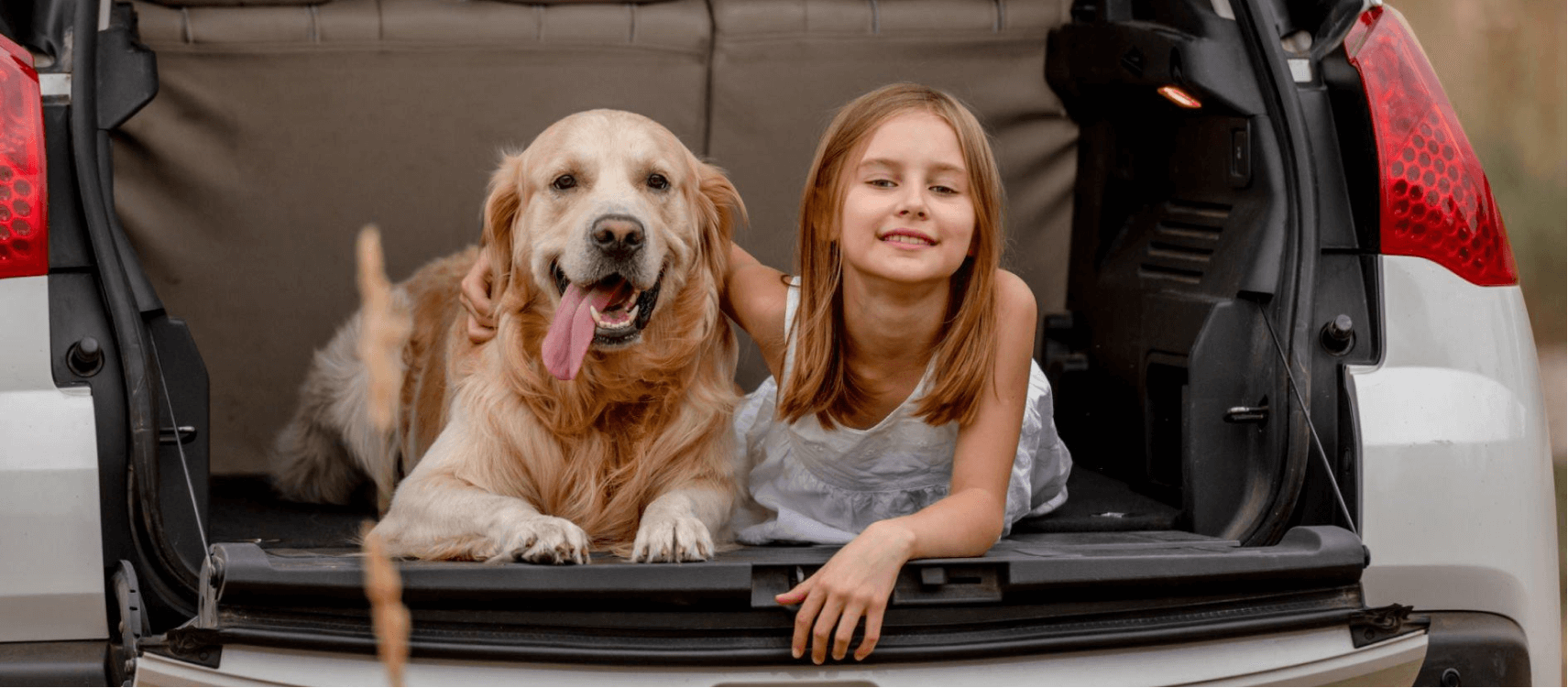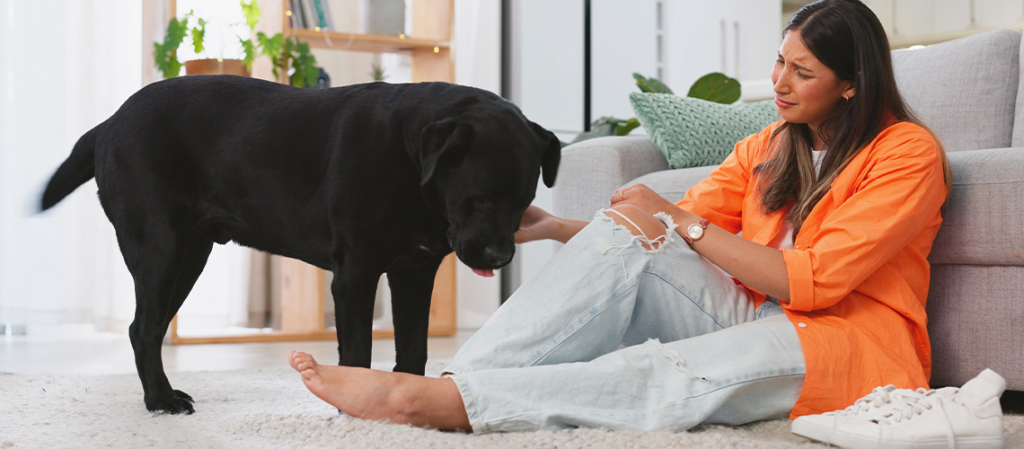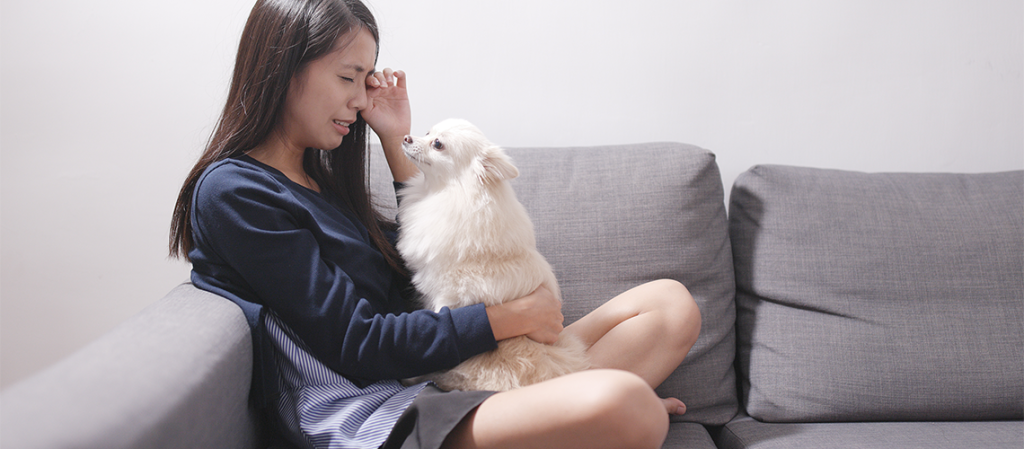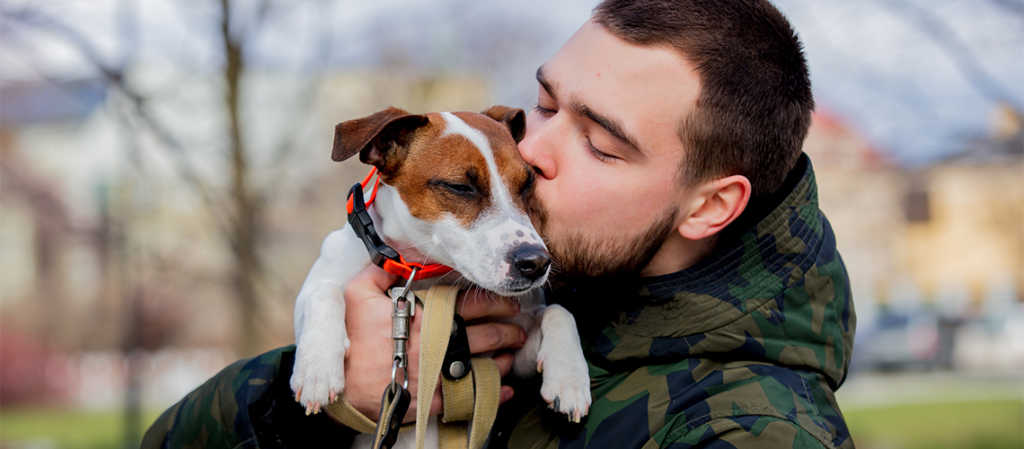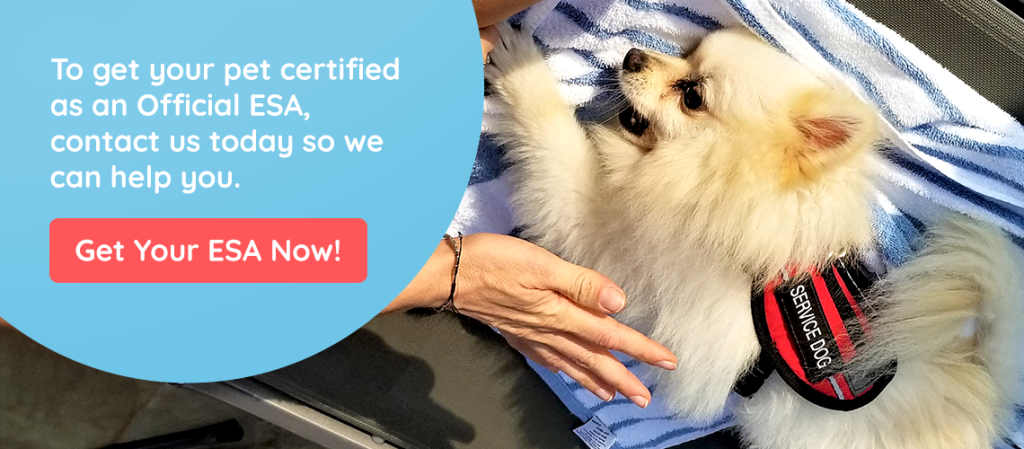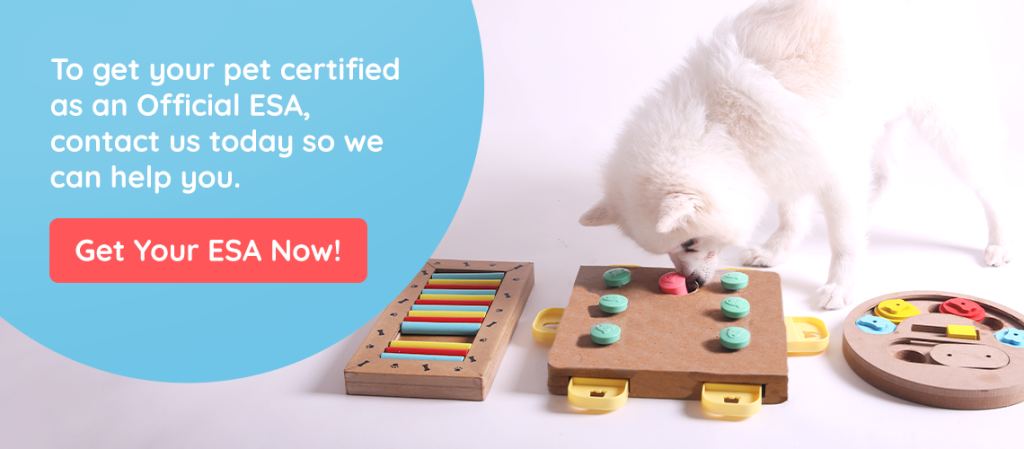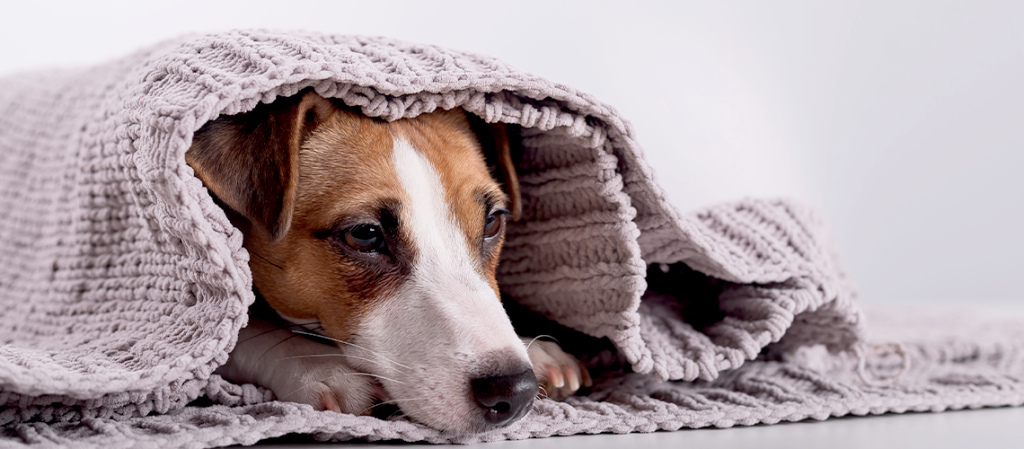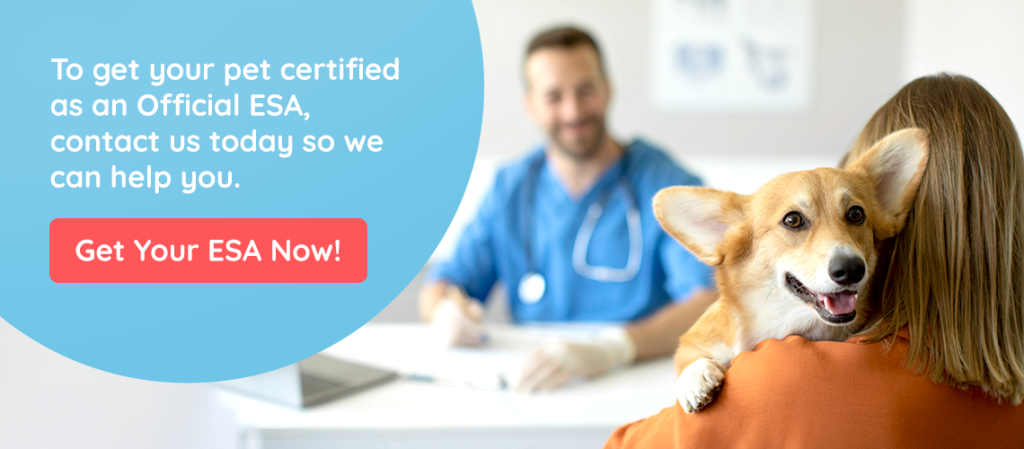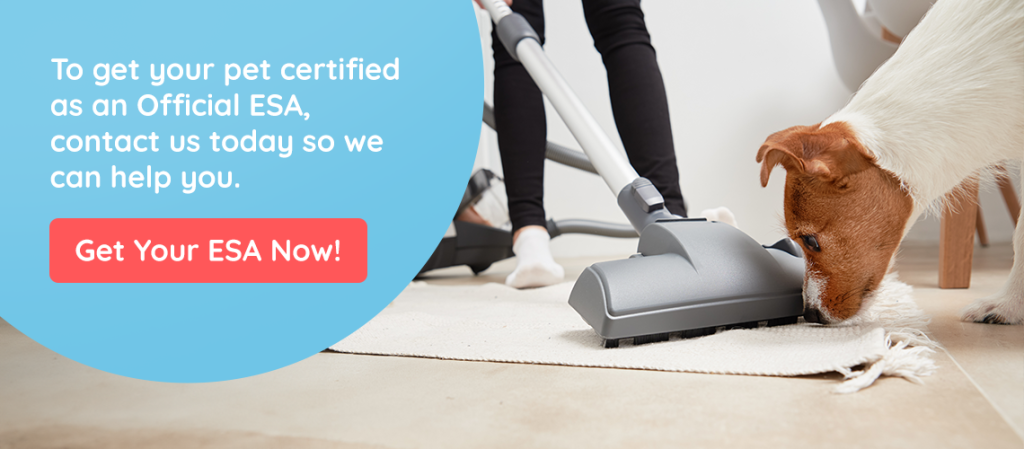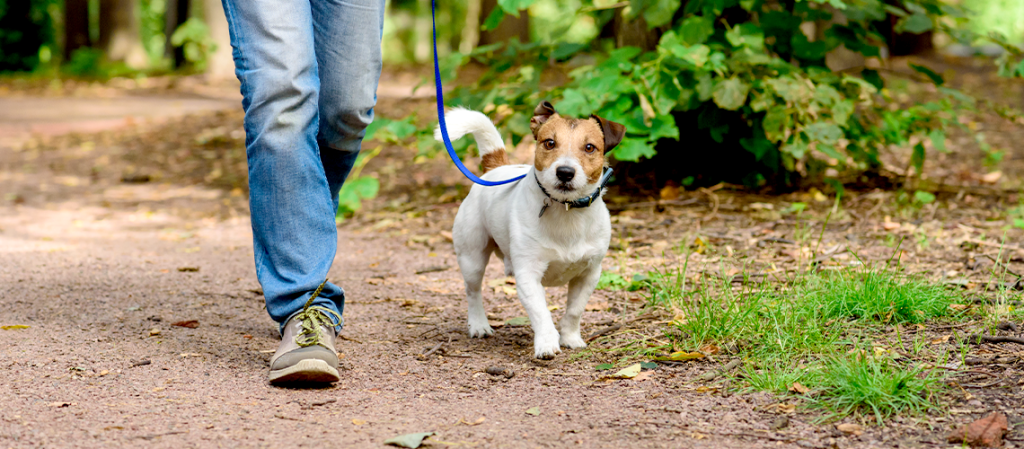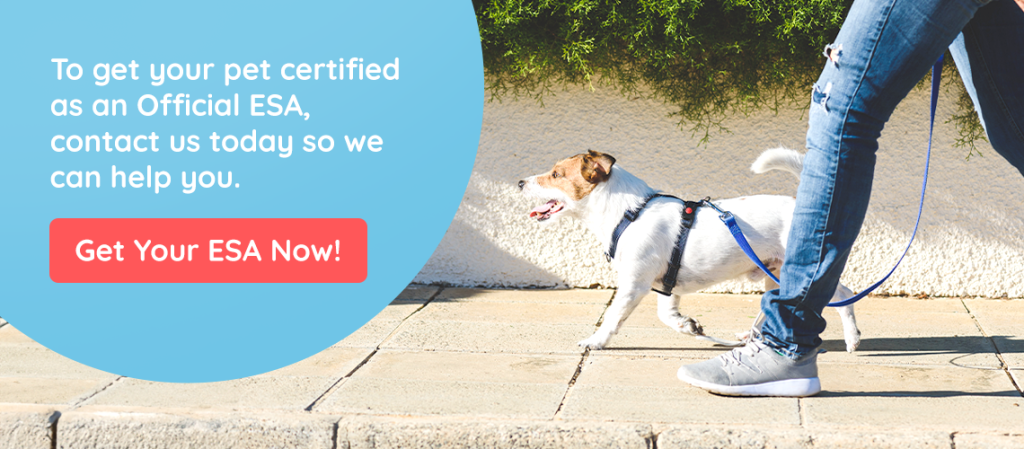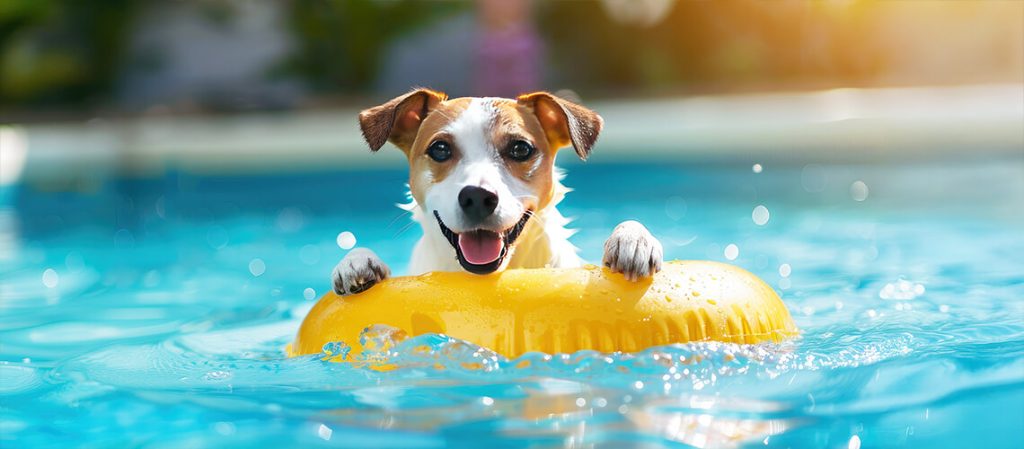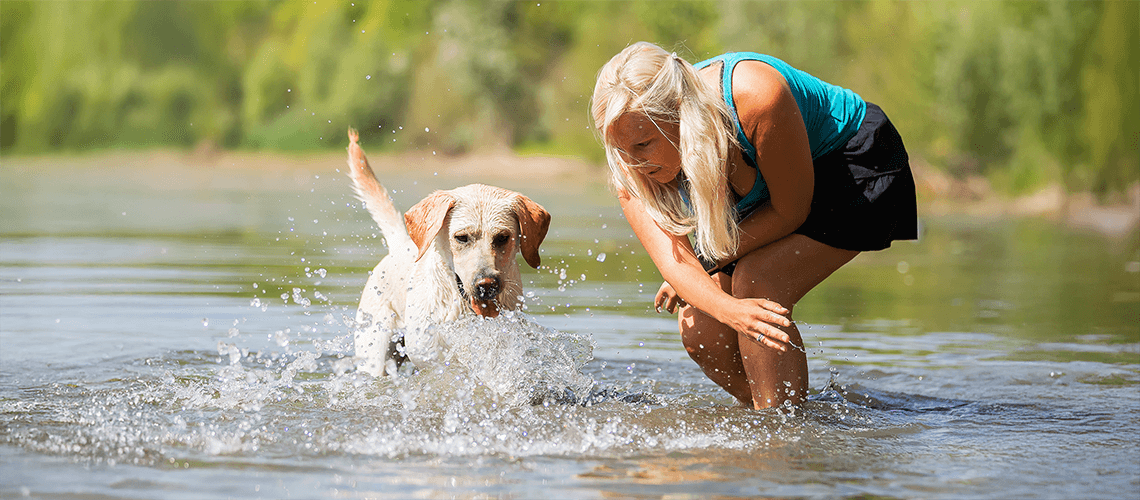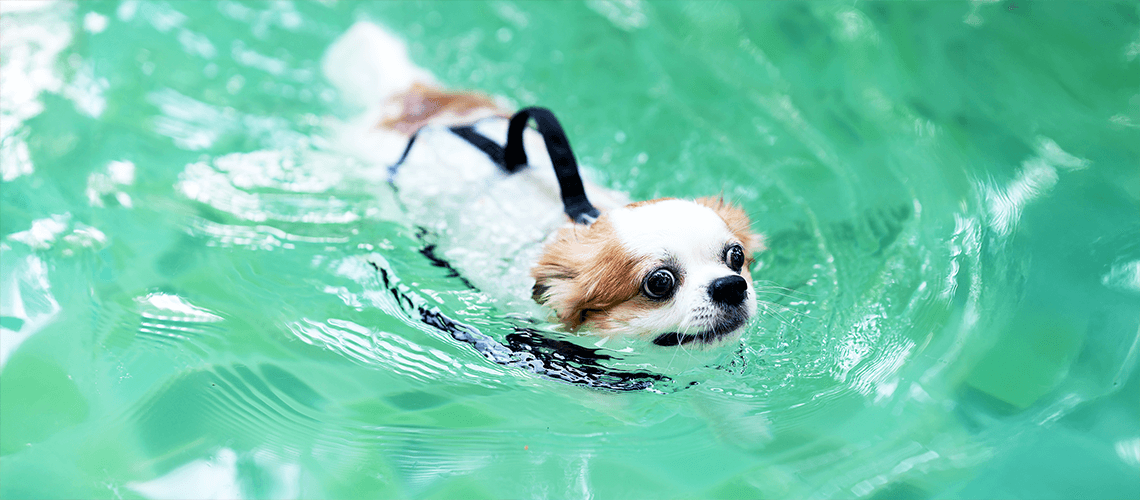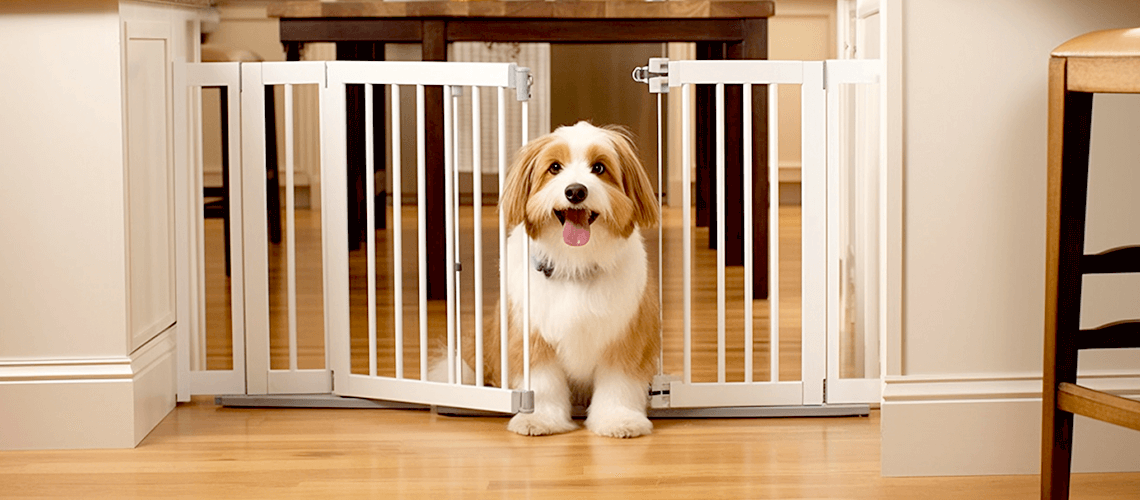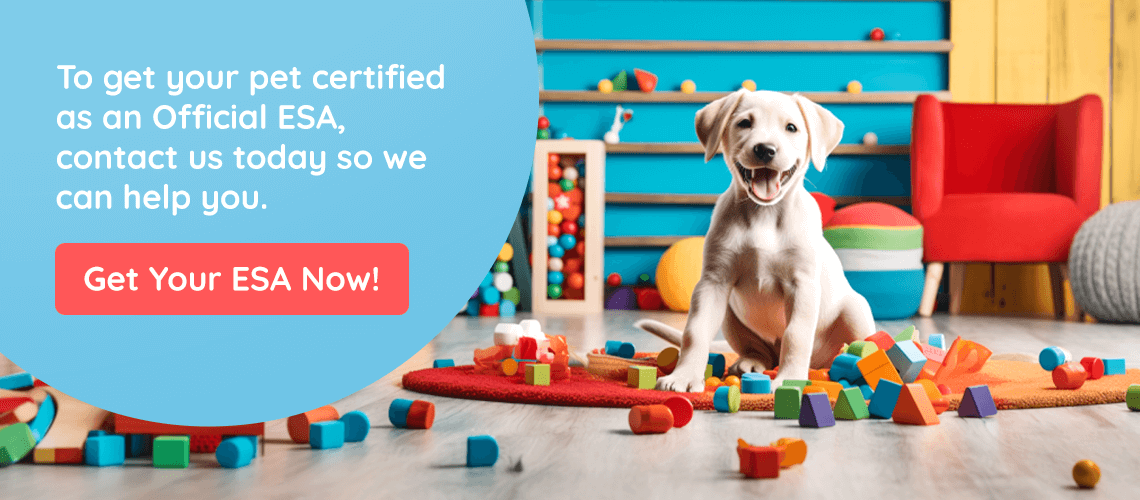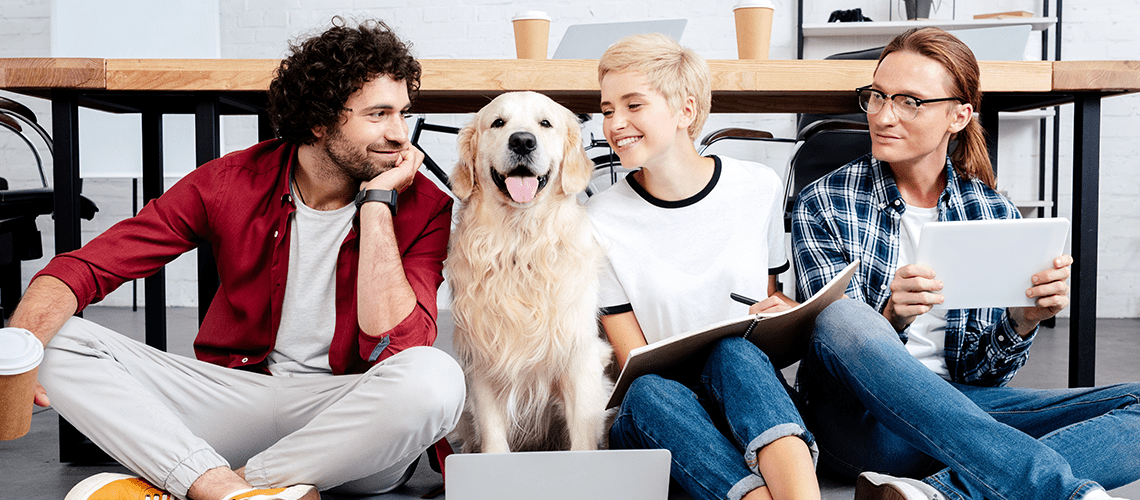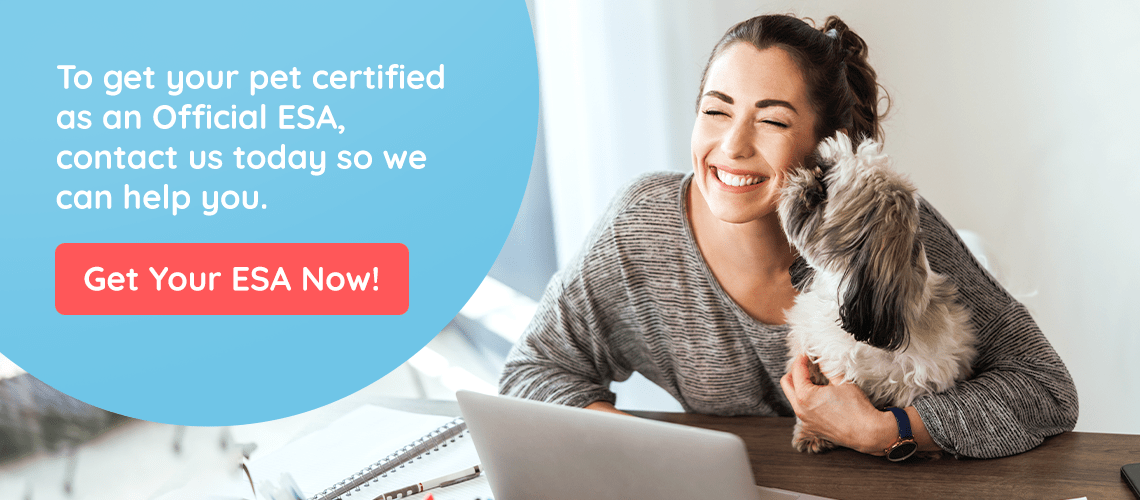Hey there, canine enthusiasts and service dog superheroes! 🌟 Have you ever gazed in wonder at a service dog smoothly navigating a bustling crowd or sitting patiently by their handler’s side? It’s a sight to behold. But behind that impeccable behavior is a treasure trove of training, love, and partnership. Today, let’s dig into the top public manners that transform an ordinary pup into a superstar service dog. Roll over, Rover, and let’s dive in! 🐾
1. Grace Under Pressure
City streets, elevators, restaurants—these bustling environments can be overwhelming. A superstar service dog, though, stays calm and composed, focusing on their handler and task. No chasing after squirrels or getting distracted by that delicious-looking sandwich someone dropped!
2. The Art of Silence
You won’t find these pooches barking at every passerby or yapping at other dogs. Their bark is reserved for specific tasks, like alerting their handler to a medical issue. Quiet elegance is their forte, and they totally nail it.
3. Personal Space? Absolutely!
Not all heroes invade personal space. Superstar service dogs understand the importance of keeping a respectful distance. No jumping on strangers or sniffing other patrons at a café. They’re all about that ‘personal bubble’ life.
4. Sit, Stay, Slay!
Whether it’s waiting in line at the post office or biding time at a bus stop, these dogs have mastered the art of the sit-stay. Rain or shine, they’re the epitome of patience, making sure they’re never in the way but always at the ready.
5. Toilet Etiquette
Okay, let’s talk potty manners. Our four-legged superstars know where and when to “do their business.” Public parks and building corners? Nope! They wait for their designated spots and times, ensuring cleanliness for everyone.
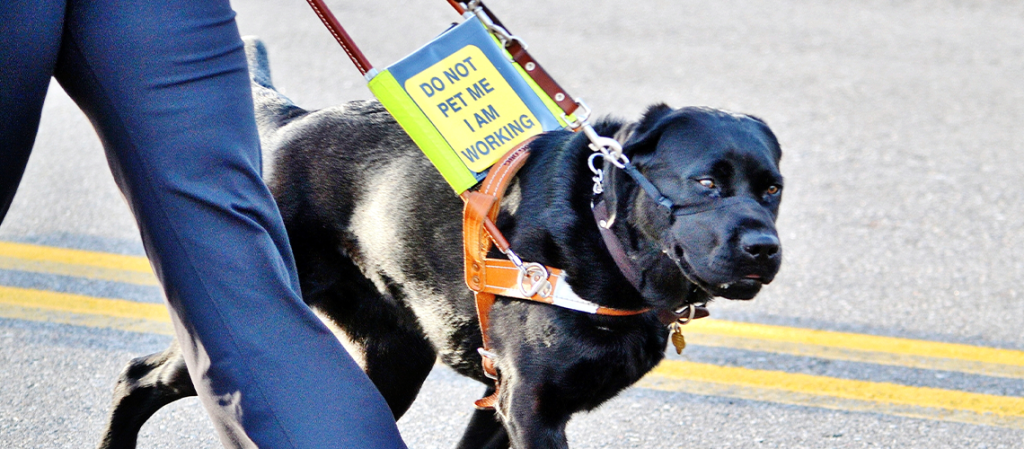
6. No Food Fiascos
Ah, the allure of fallen fries and tantalizing table scraps. But a superstar service dog? They resist the temptation. Even when faced with the most delectable morsels, their loyalty to their training (and their handler) keeps them in check.
7. Dress to Impress
Many service dogs don a vest or harness that signals their working status. This isn’t just a fashion statement—it’s a visual cue for the public. And these dogs wear it with pride, ensuring they’re easily identifiable and respected in their role.
8. Kindness and Affection (on Cue)
While these service superstars are professionals, they’re not robots! They have heaps of affection to give. But the key? They share those tail wags and gentle nudges when appropriate, ensuring their love never becomes a distraction.
9. Elevator Etiquette
Going up? Elevators can be tight spaces with close human contact. Our canine heroes understand this and gracefully move to a corner, keeping a low profile and ensuring a smooth ride for everyone.
10. Reliability Reigns Supreme
Above all, the bond between a service dog and their handler is sacred. These dogs consistently respond to cues, always have their handler’s back, and navigate challenges with unparalleled reliability.
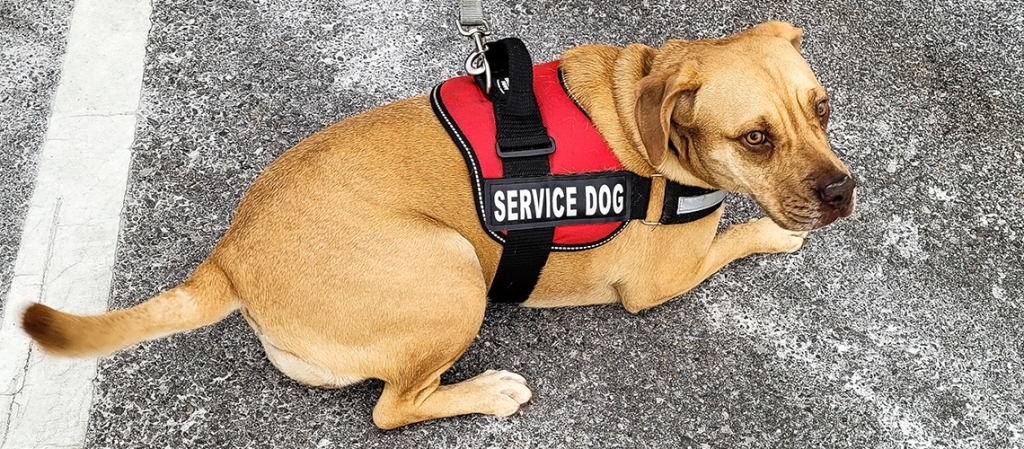
Conclusion
The life of a superstar service dog isn’t just about the big moments; it’s in the daily acts of etiquette, the subtle gestures, and the unwavering dedication to their handlers. These top-notch public manners don’t just happen overnight—they’re the result of rigorous training, mutual trust, and a bond that’s truly unbreakable. So, the next time you see one of these superstar service dogs in action, take a moment to appreciate the remarkable blend of discipline, love, and partnership on display. They’re not just good dogs; they’re extraordinary. 🌟🐶🌟


